Eastern Pacific Giant Conch Shell, Titanostrombus galeatus
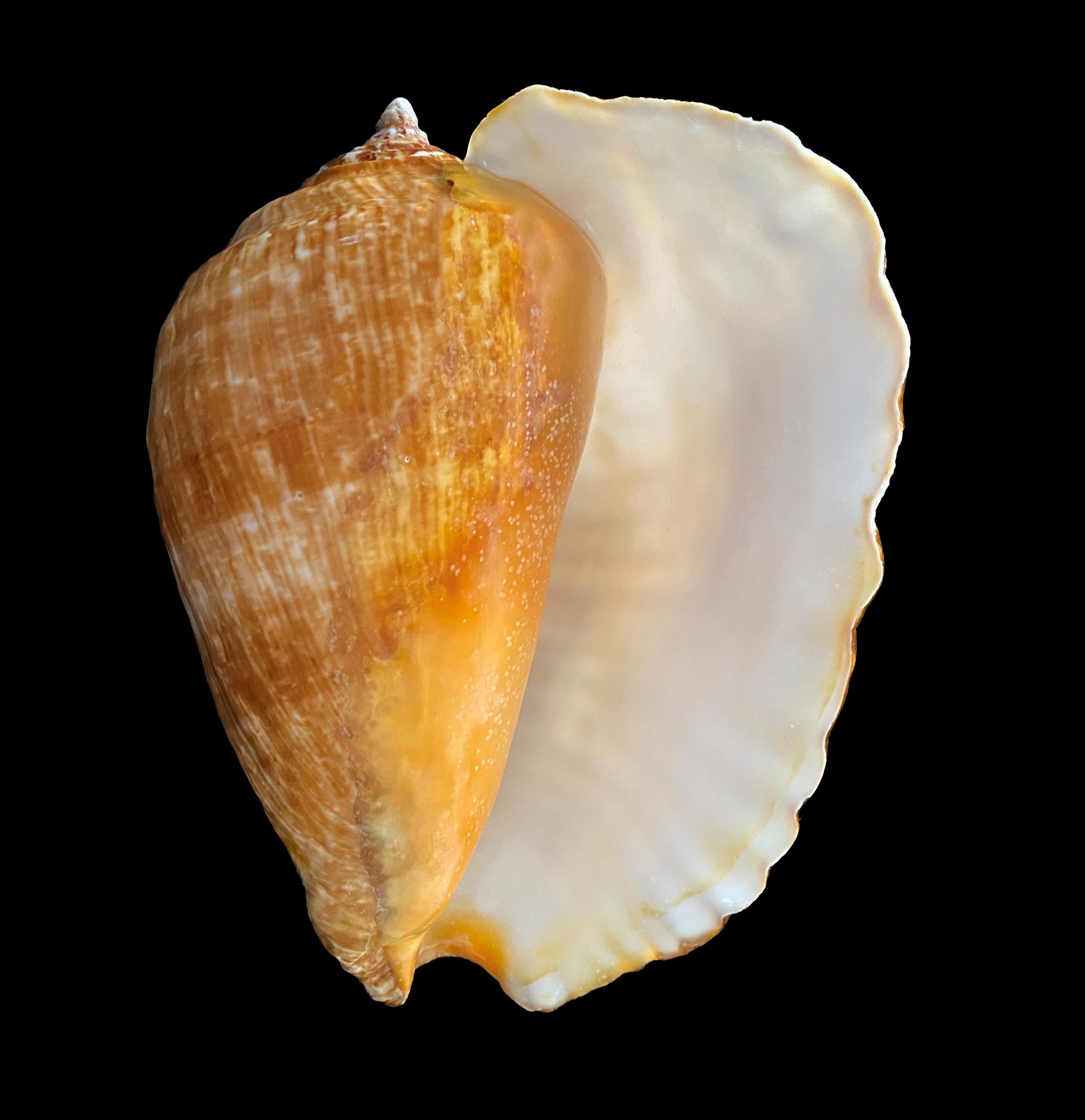
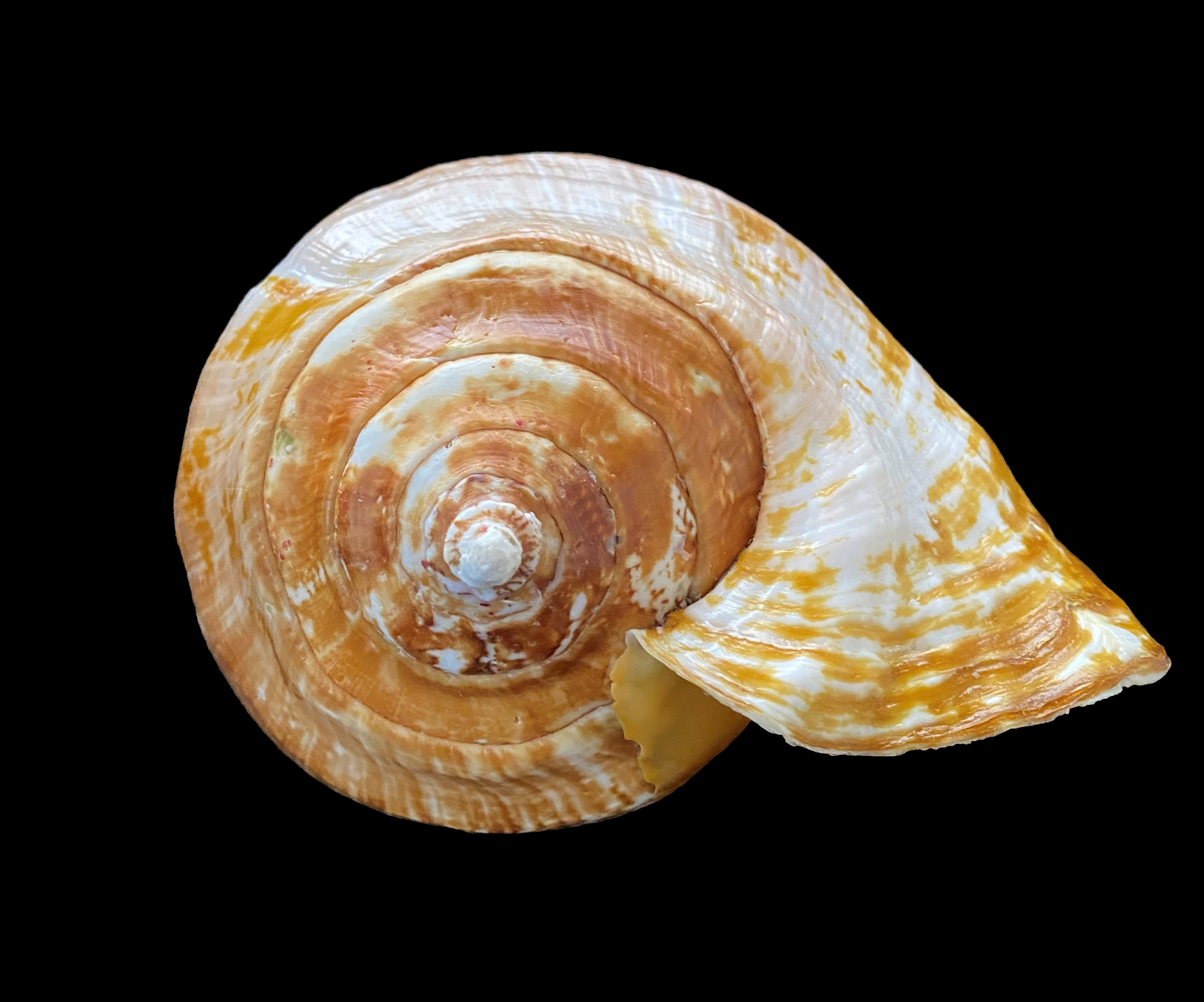
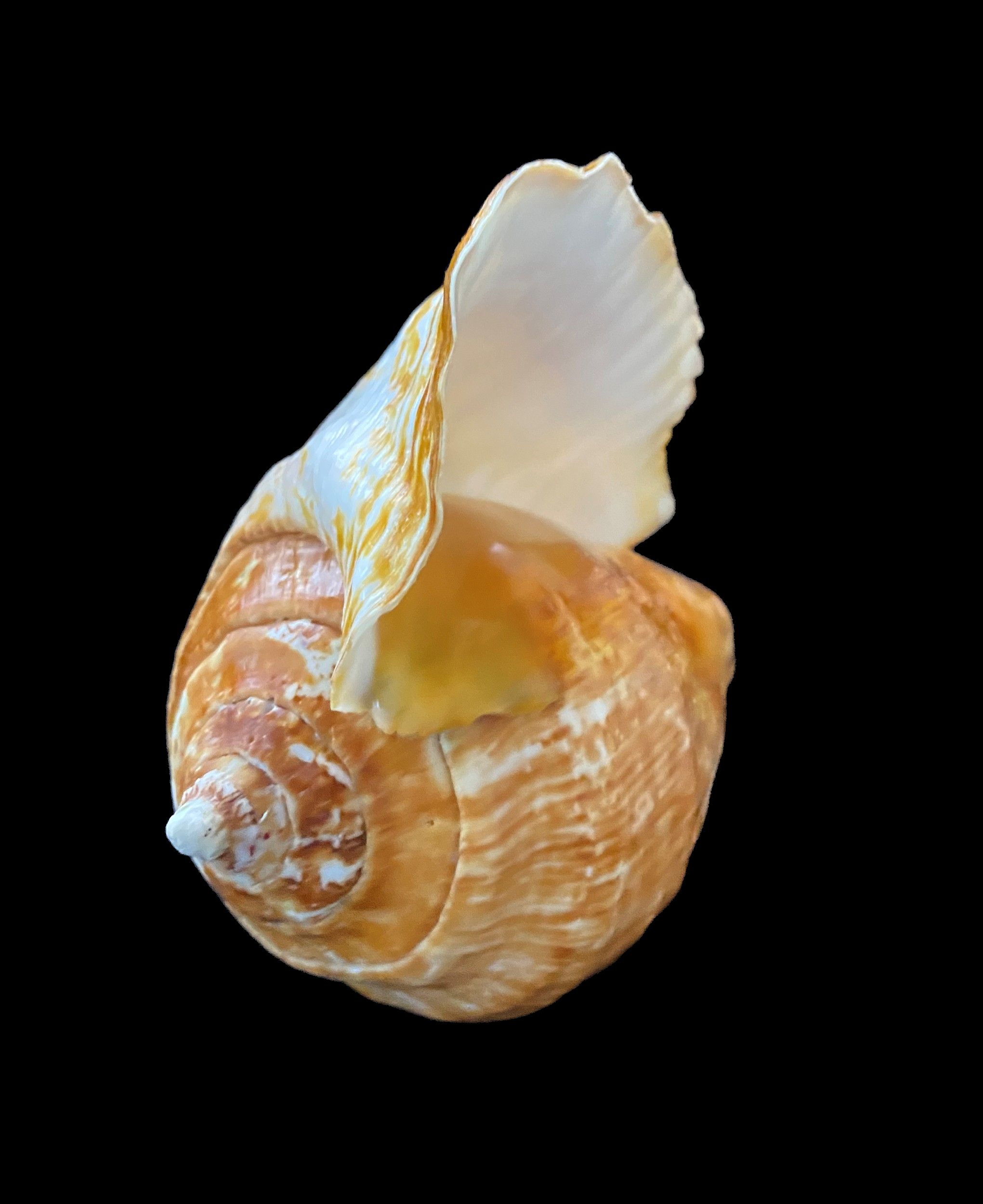
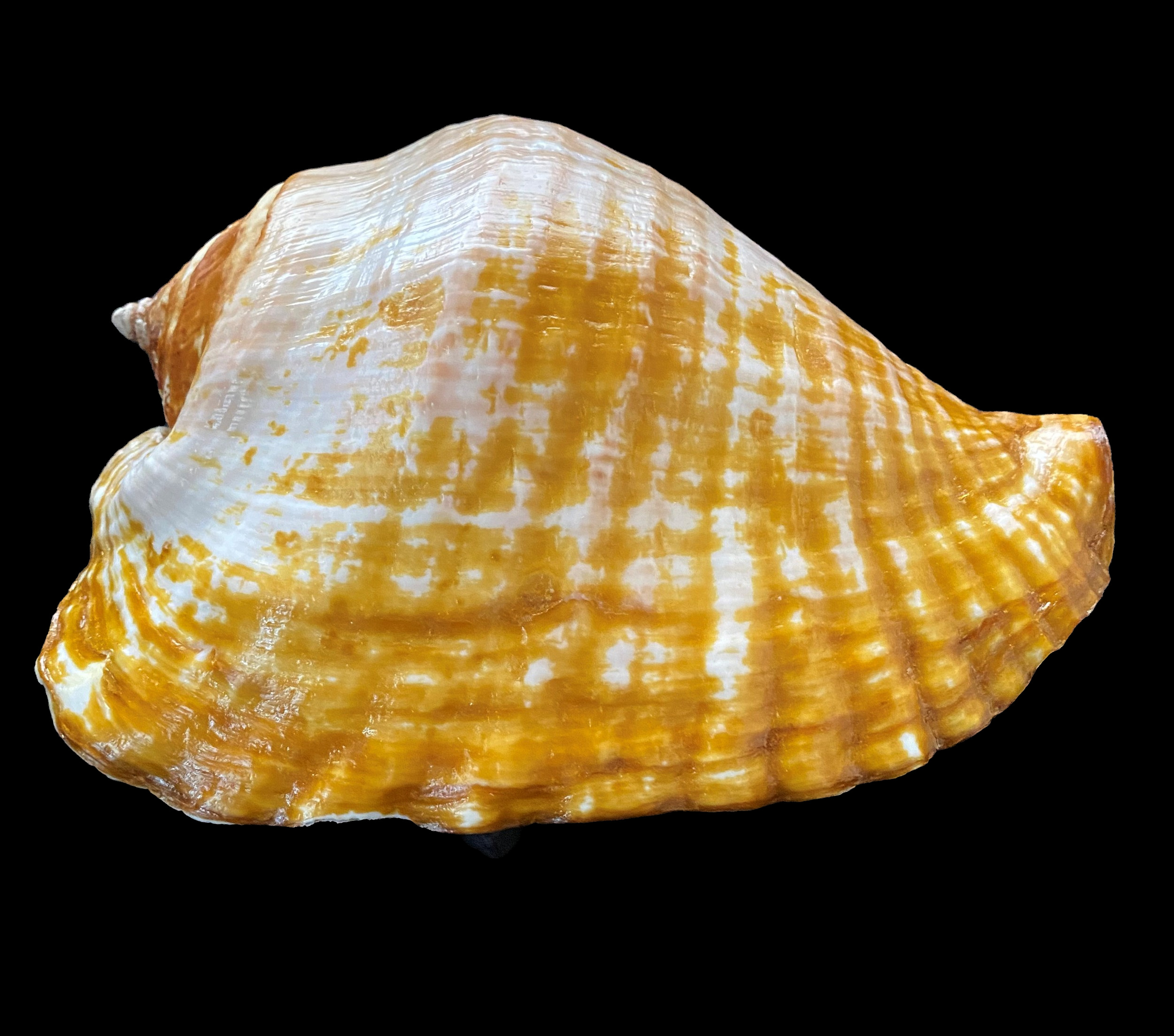 Eastern Pacific Giant Conch Shell, Titanostrombus galeatus. Shell collected from coast waters off the Santa Inez South Island, Baja California Sur, April 2022. Size: 20 cm (7.9 inches) x 15 cm (5.9 inches). Collection, photograph and Identification courtesy of Colin Campbell, DVM, Punta Chivato, Baja California Sur.
Eastern Pacific Giant Conch Shell, Titanostrombus galeatus. Shell collected from coast waters off the Santa Inez South Island, Baja California Sur, April 2022. Size: 20 cm (7.9 inches) x 15 cm (5.9 inches). Collection, photograph and Identification courtesy of Colin Campbell, DVM, Punta Chivato, Baja California Sur.
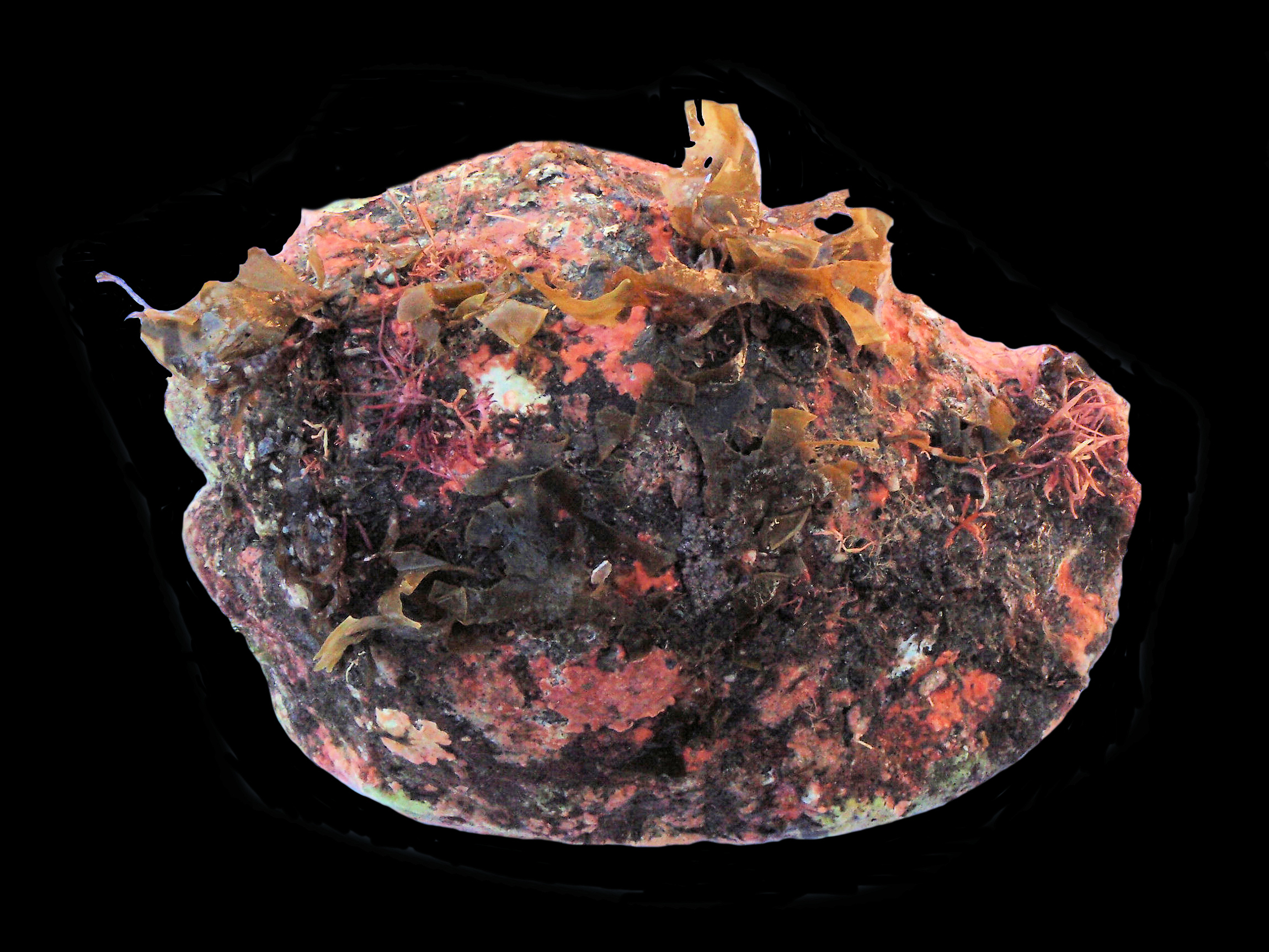
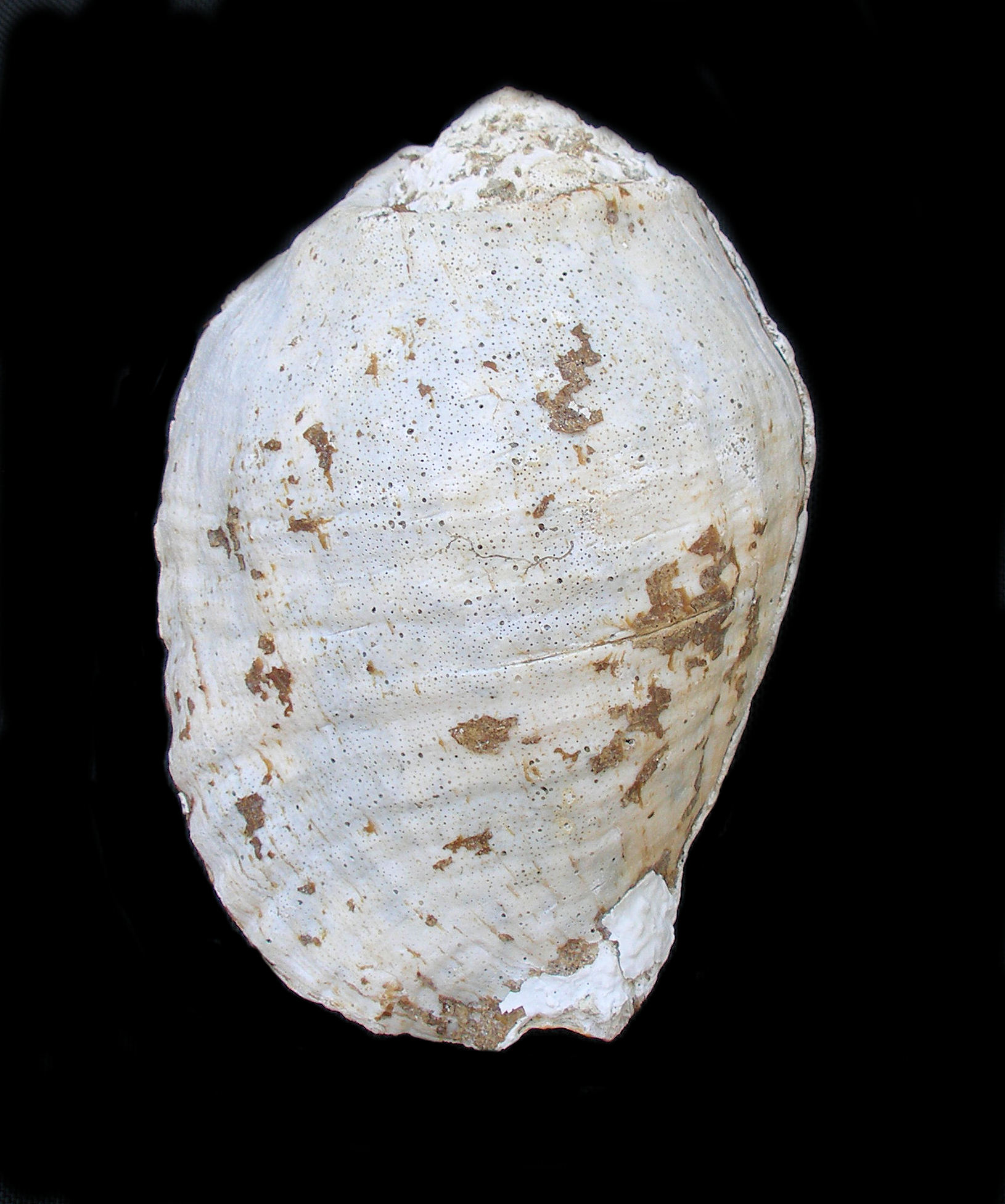
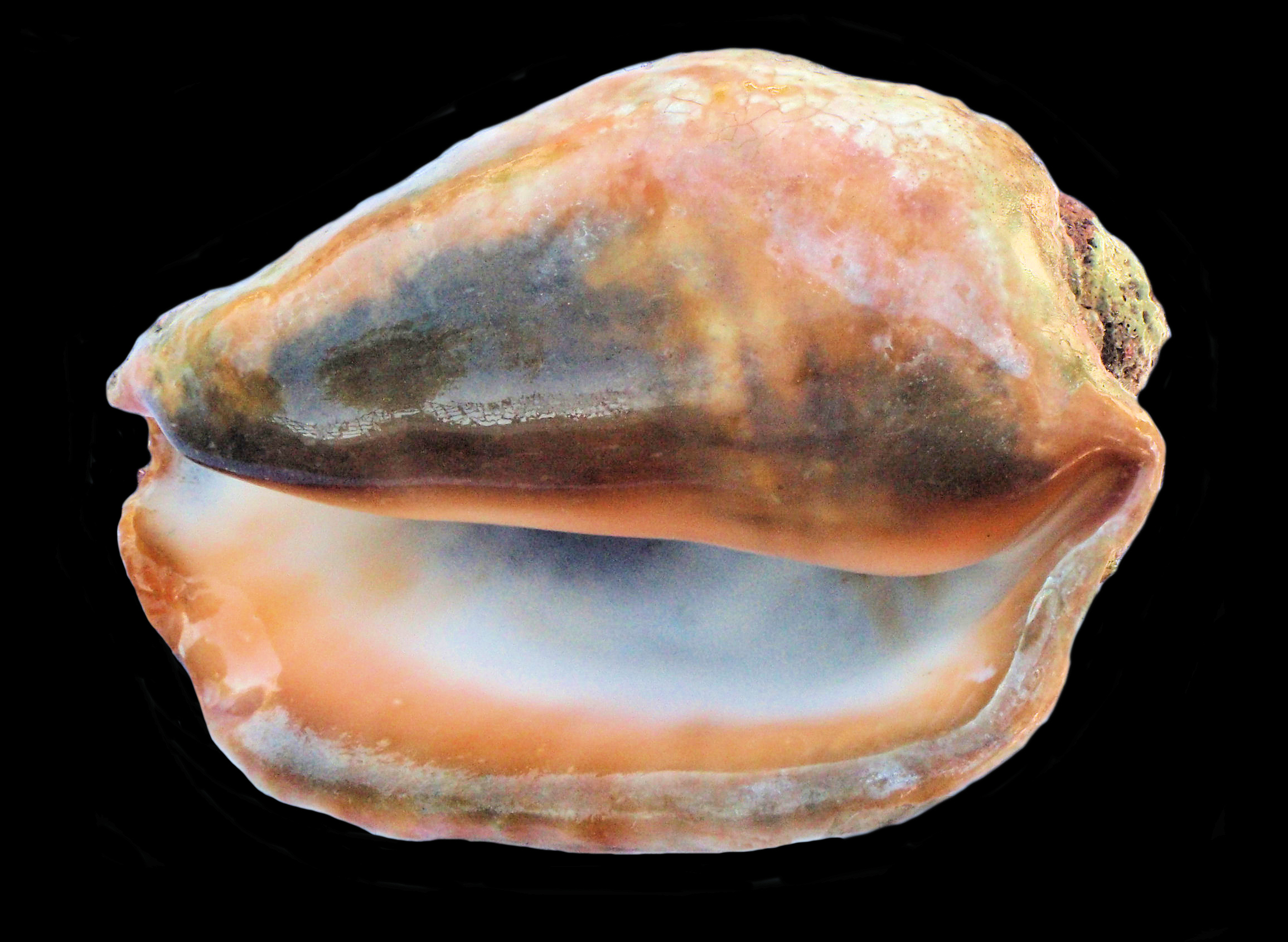
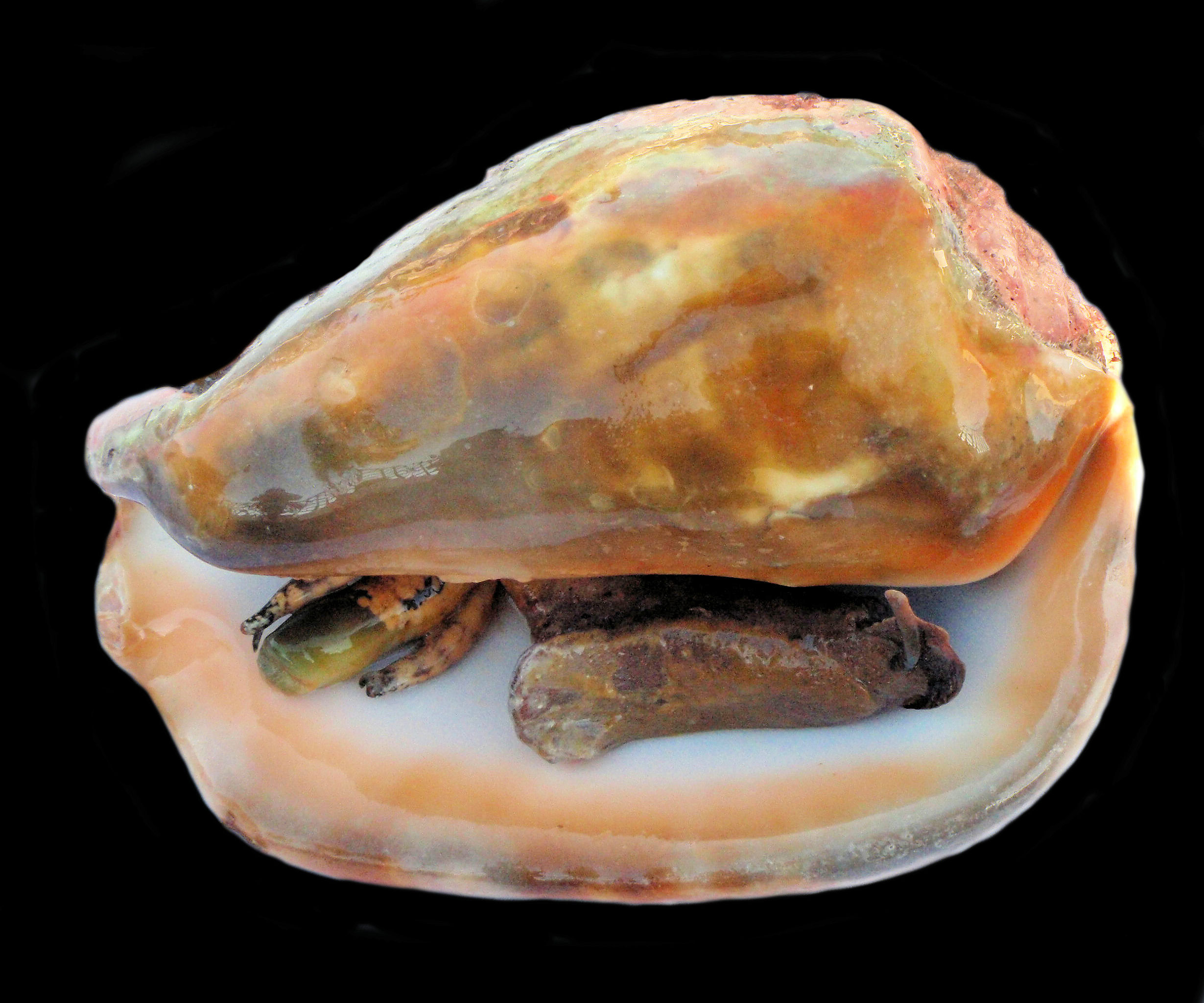
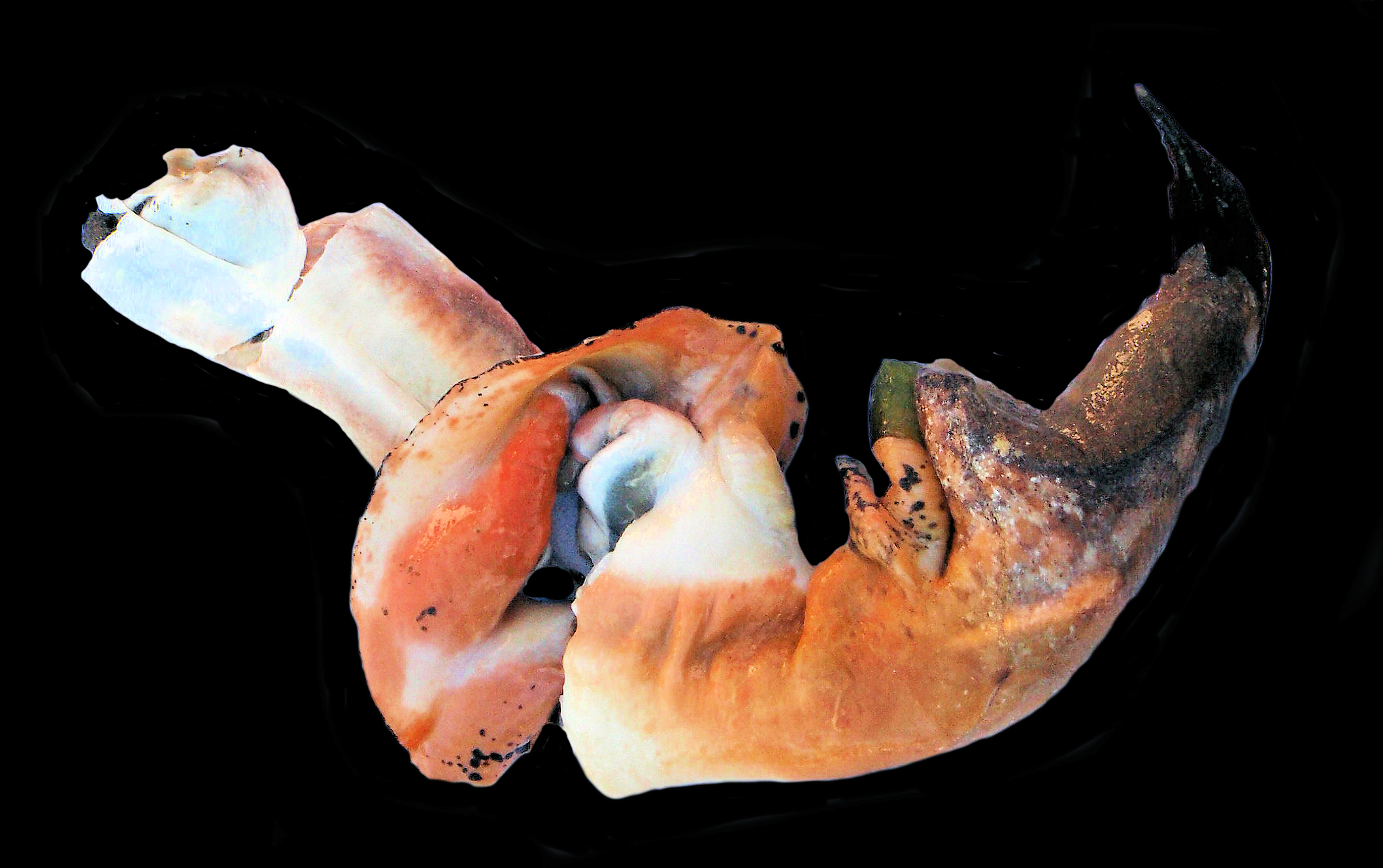 Eastern Pacific Giant Conch Shell, Titanostrombus galeatus. Shells pictured provided by the commercial fishermen of the greater Los Cabos area, Baja California Sur, December 2018. Both Size: 20 cm (7.9 inches) x 14 cm (5.4 inches) x 10 cm (3.9 inches).
Eastern Pacific Giant Conch Shell, Titanostrombus galeatus. Shells pictured provided by the commercial fishermen of the greater Los Cabos area, Baja California Sur, December 2018. Both Size: 20 cm (7.9 inches) x 14 cm (5.4 inches) x 10 cm (3.9 inches).
 Eastern Pacific Giant Conch Shell, Titanostrombus galeatus. Photograph taken of a mural found painted on the side of building in the Barrio Logan section of San Diego, California, May 2017.
Eastern Pacific Giant Conch Shell, Titanostrombus galeatus. Photograph taken of a mural found painted on the side of building in the Barrio Logan section of San Diego, California, May 2017.
The Eastern Pacific Giant Conch, Titanostrombus galeatus (Swainson, 1823), is a gastropod mollusk that is a member of the Strombidae Family of True Conchs. They are also known as the Fiber Conch, the Galeate Conch and simply the Giant Conch, and in Mexico as cobo combute. They are aptly named with the shell being thick and solid and they are possibly the heaviest of any shell in North America. The shell has a large body whorl, a low but sharply pointed spire, and the outer lip of the aperture is widely flared. Low ridges spiral down the body whorl, but they become less obvious in larger specimens. The exterior of the shell is often eroded and worm-eaten. These shells change color as they age: young shells tend to be white with brown to orange blotches or bands with white interiors; older shells are cream to reddish-brown with brownish-orange interiors. The shell is normally covered with a thick, fibrous periostracum. The Eastern Pacific Giant Conch Shells reach a maximum of 24.0 cm (9.4 inches) in length and 16.8 cm (6.6 inches) in height.
Eastern Pacific Giant Conchs are found on and within sand substrate in the intertidal zone to depths up to 30 m (100 feet). They range from Todos Santos, Baja California Sur to Peru, including the Galapagos Islands and they are found throughout the Sea of Cortez, being more common in the southern portion. Eastern Pacific Giant Conchs are edible and fished commercially. Their shell has also been used for centuries by the artisanal community as a horn for communication.
Synonyms include Lobatus galeatus, Strombus crenatus, Strombus galea, and Strombus galeatus.